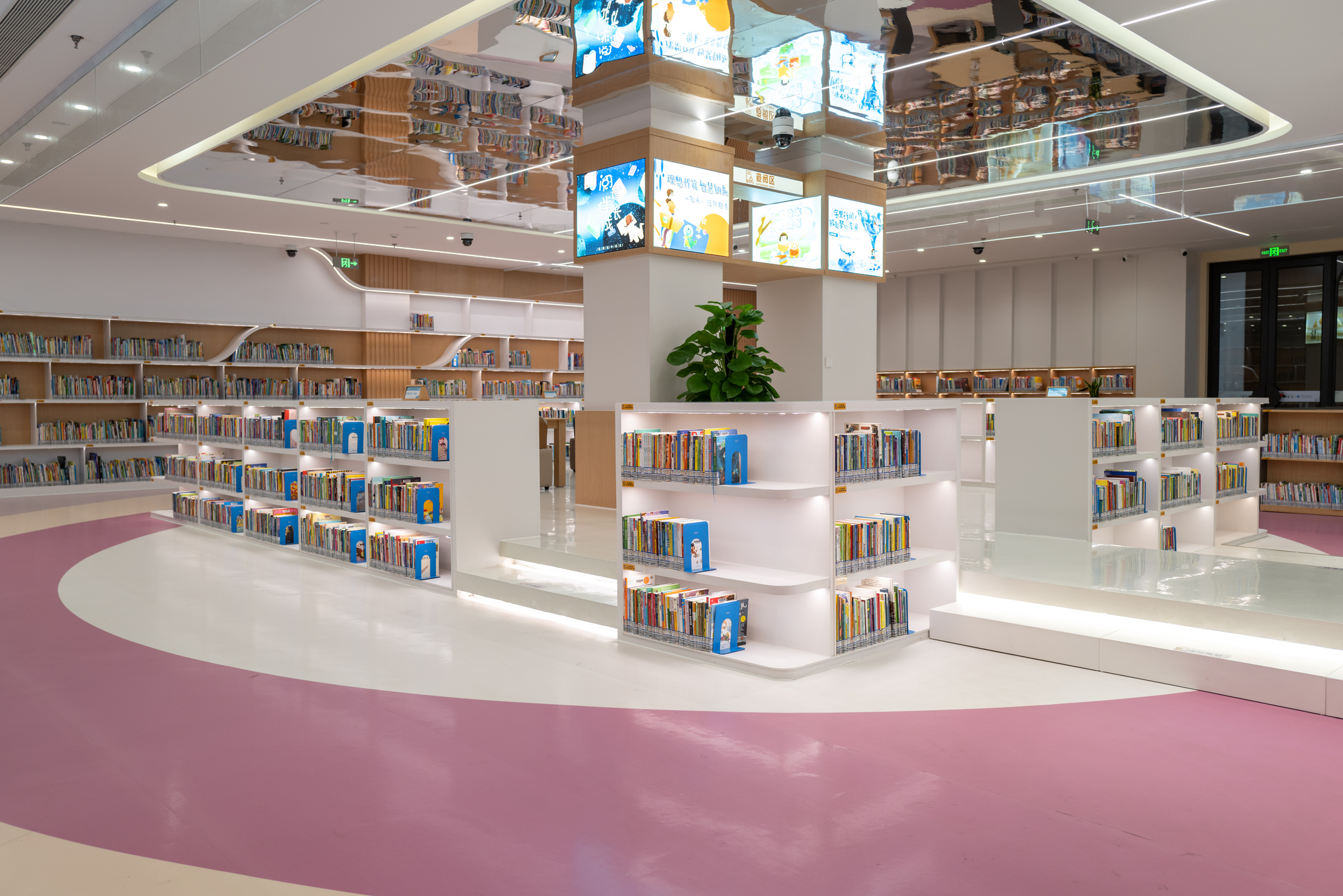Health Equity and the Role of Our Public Libraries

During the pandemic when everyone had to work from home, when our children attended classes online, I found that I had to seek out a way to get out and about or else I would go stir-crazy. I developed the practice of getting out of the house after lunch and going to a local public library to work for the afternoon. On the occasions when I had virtual meetings, I reserved a study room in advance so that I could comfortably participate in those meetings.
During this time, I rediscovered how valuable the services are that our public libraries provide. In decades past, libraries were mostly thought of as places to check out books or as places to read and study in undisturbed quietness. Today, the modern library has evolved to provide a much broader service, even to the place of becoming a social center that offers programming, hosts events, and engages unique groups to meet specific needs such as youth engaging in makerspace activities, patrons searching for employment, and students applying to schools. Additionally, in some instances, libraries are working in partnership with government agencies to provide social and mental health services and to offer basic literacy programming.
The modern library system vividly demonstrates the need for “trusted public spaces” throughout our cities, neighborhoods, and communities. As social centers, libraries offer safe public spaces where people from all socioeconomic backgrounds, ages, and racial and ethnic cultures come to engage in positive and productive activity. Patrons can access resources, accomplish personal business, and interact in helpful and constructive ways. Outreach to special groups including children and youth, people with disabilities, new immigrants, and the elderly have also become a feature in many libraries. Access to the internet and printing privileges are a basic and helpful benefit to many individuals and families who may be without a working computer in their home.
As public health professionals, we readily refer to the social determinants of health (SDoH), asking ourselves how we might influence the quality of life for those experiencing challenges across five dimensions: economic stability, education access and quality, health care access and quality, neighborhood and built environment, and social and community context. In considering the case of our public libraries, it’s this last category that applies. Libraries are an example of a social and community space where there’s an opportunity to influence the quality of life of our community. Libraries exist in a shared public space that lies in between the other defined SDoH sectors. Today, libraries are evolving to provide unique opportunities to engage diverse groups of people, disseminate important information, extend valuable advising and coaching, and to facilitate productive interaction in support of community wellbeing.
If it’s been a while since you have entered the library doors, take this as an invitation to experience the vibe of a trusted public space with cultural elements unique to the surrounding neighborhood and community. Some options to consider include:
- Near the inner-city is the culturally relevant Rodolfo “Corky” Gonzalez Branch Library (West Colfax and Irving St) situated between Sloan’s Lake Park and Empire Field at Mile High in North Denver;
- The Park Hill Branch Library (E. Montview and Dexter St) exudes a historic look and feel you will be certain to enjoy;
- Observe numerous and diverse patrons at the bustling Eloise May Library (Parker Rd and Florida); and,
- For good measure, there’s the Sam Gary Branch Library located in the vicinity of the Central Park community (off 29th Dr and Roslyn St near MLK Jr Blvd and Quebec St).
Beyond visiting the library and giving attention to your personal business, be sure to take note of the everyday people, representing various age groups, cultures, and stations in life, all of whom are benefiting from the resources, activities, and energy of these important social centers.
Resources